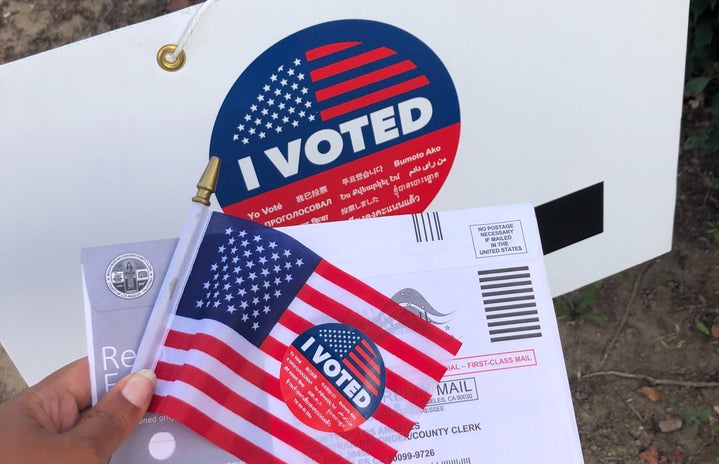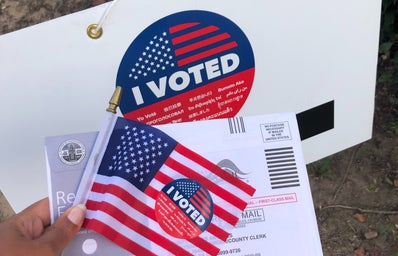The 2020 election has loomed for months, with an increasingly polarized nation waiting anxiously to know the outcome. While it’s important to acknowledge the divide between the Democratic and Republican parties, it’s also important to be aware that the results of elections may not be the clearest portrayal of the majority opinion. One of the most prominent reasons for this is voters who abstain by choice from participating in elections. According to a study from Pew Research Center, only 55.72% of the population voted in the 2016 presidential election, a turnout among the lowest in developed nations across the world. Politicians have taken this statistic into account when designing their campaign strategies, recognizing the power of underrepresented demographics to affect the outcome of an election.

The youth vote, considered those aged 30 and below, is particularly significant. Youth voters tend to fall on the more liberal side of politics, especially concerning issues around social equity. Thus, a higher youth turnout has the potential to grant democratic, left-leaning candidates an advantage. A candidate’s views on topics such as universal healthcare and access to education have a decisive impact on securing the youth vote. In general, more progressives stances garner more support among the youth. However, we usually end up with more moderate Democratic candidates, like Joe Biden, because they must appease a spectrum of differing viewpoints in order to win.
In 2016, young voters favored Hillary Clinton by a large margin, while older voters tended to favor Donald Trump. In key states such as Nevada and New Hampshire, youth voters made major contributions to Clinton’s popular vote win. Although the electoral college granted Trump the presidential seat, youth voters nonetheless demonstrated their power in the electorate. From the 2016 election, it became clear that this power could be built upon by strongly encouraging voter registration in subsequent elections. In Wisconsin, a swing state, youth voters had the highest potential to influence the results of the 2020 election. College campuses such as UW-Madison can have a big impact. The current low percentage of student voters illustrates the potential of this demographic to affect the outcome of an election if this percentage was to increase.


Youth voters certainly played a significant role in the outcome of this election, and they will play a role in elections to come. In 2020, youth voted out of a desire for active change and a sense of responsibility for preserving the democracy of our nation. As a result, the Democratic nominee, Joe Biden, gained an advantage over the incumbent Donald Trump, flipping four crucial states blue. In the future, youth voters are set on a path to vote more often, expanding their influence in determining our leaders. Aside from high profile elections, youth are increasingly aware of the potential for continued, engaged participation in politics to lead to real change, and this awareness will help shape the future of our nation.



